Let’s be honest, the idea of crate training can make any pet owner uneasy. I was sceptical and worried it might be harsh. After doing a lot of research and talking to fellow dog owners, I discovered some surprising truths about crate training. Is it the right choice for your dog?
1. Understanding Crate Training
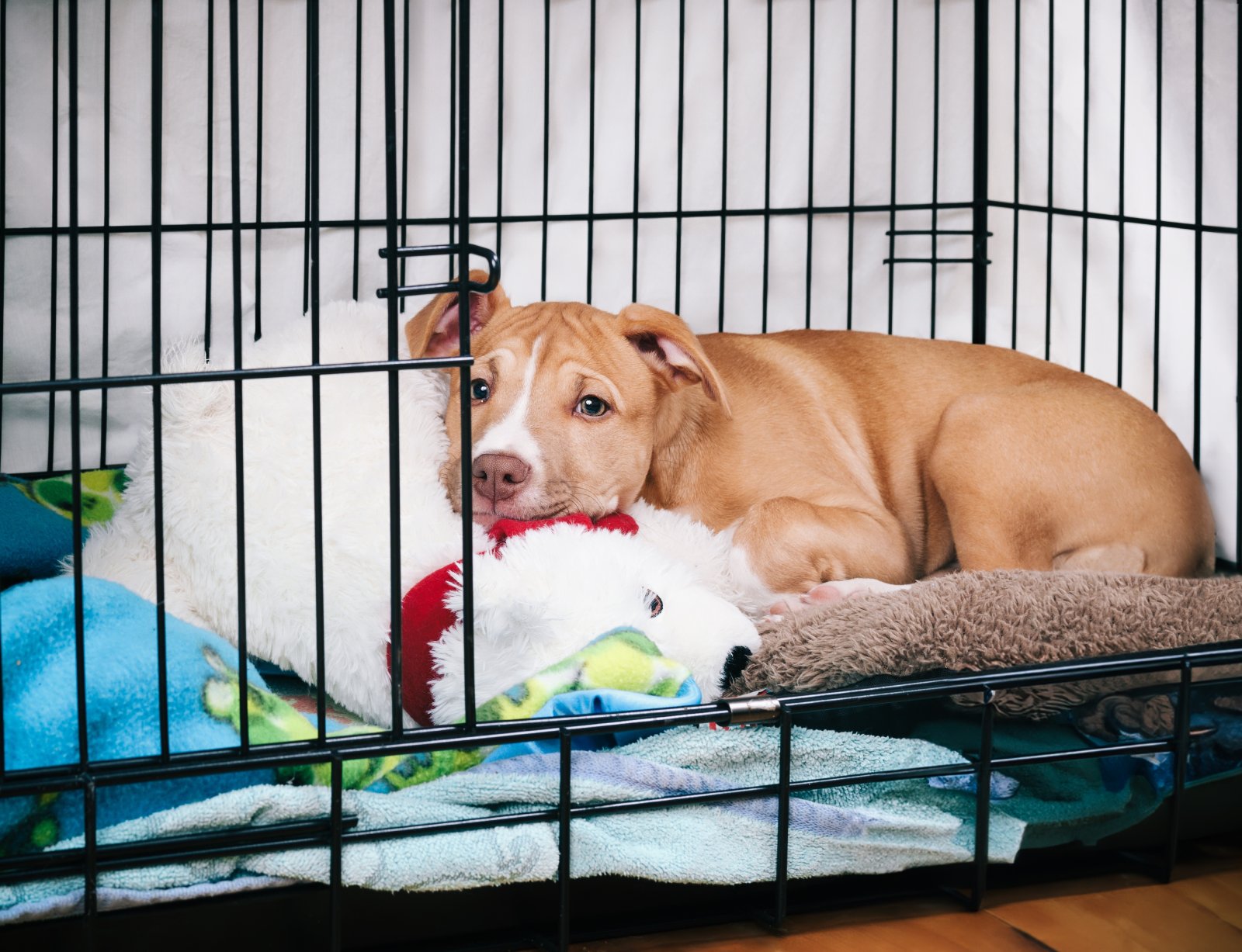
Crate training involves using a crate to create a safe space for your dog. When done correctly, it can provide security and comfort for your pet.
2. Early Introduction

Introducing a crate at a young age helps puppies adapt to the crate as their personal space. This early exposure can lead to a more positive experience for your dog.
3. Avoiding Overuse
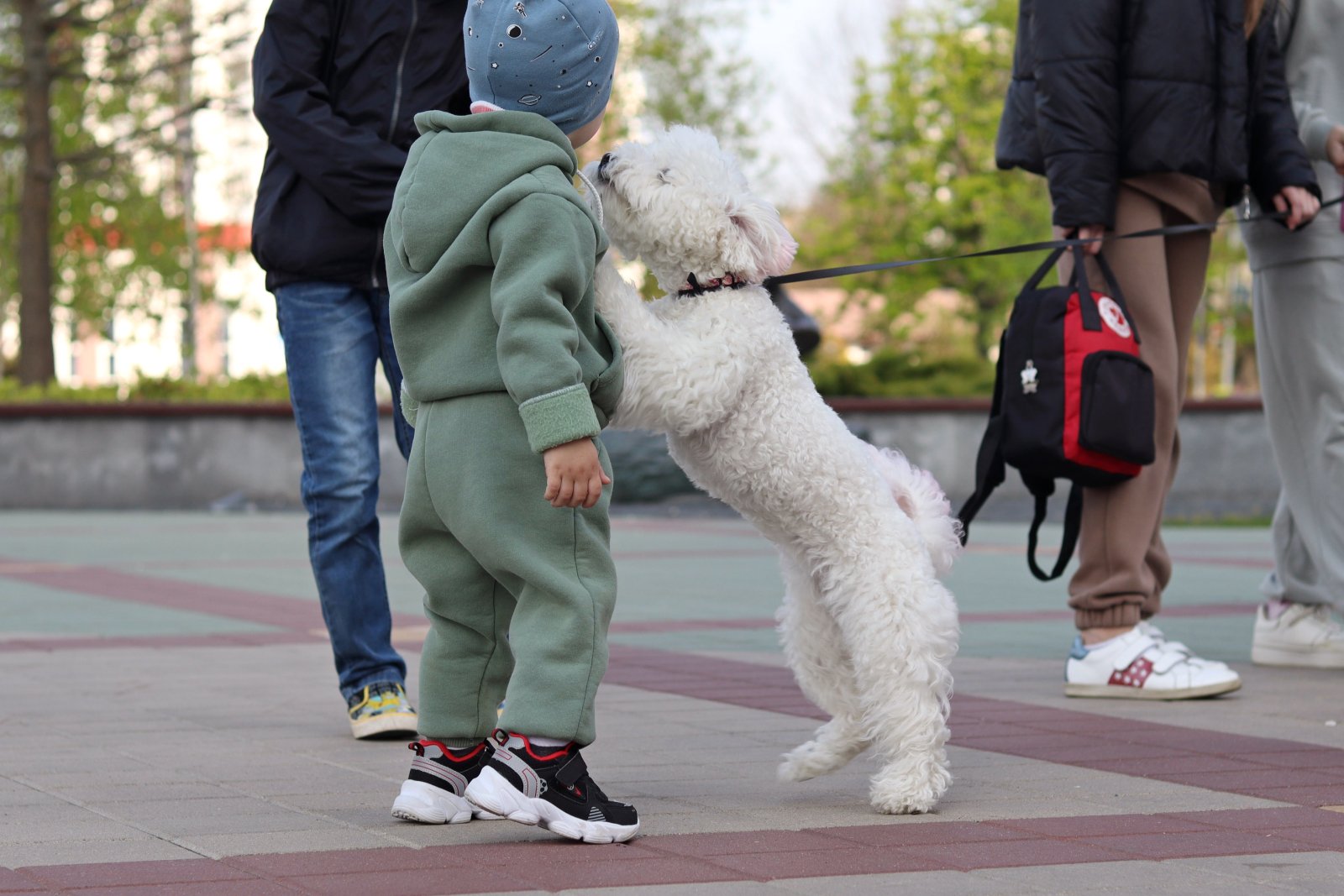
Using the crate for extended periods can be harmful. Dogs need ample time outside the crate for exercise and socialisation to maintain their physical and mental health.
4. Proper Sizing

A crate should be large enough for your dog to stand, turn around, and lie down comfortably. Too small, and it becomes uncomfortable; too large, and it loses its den-like feeling.
5. Positive Association
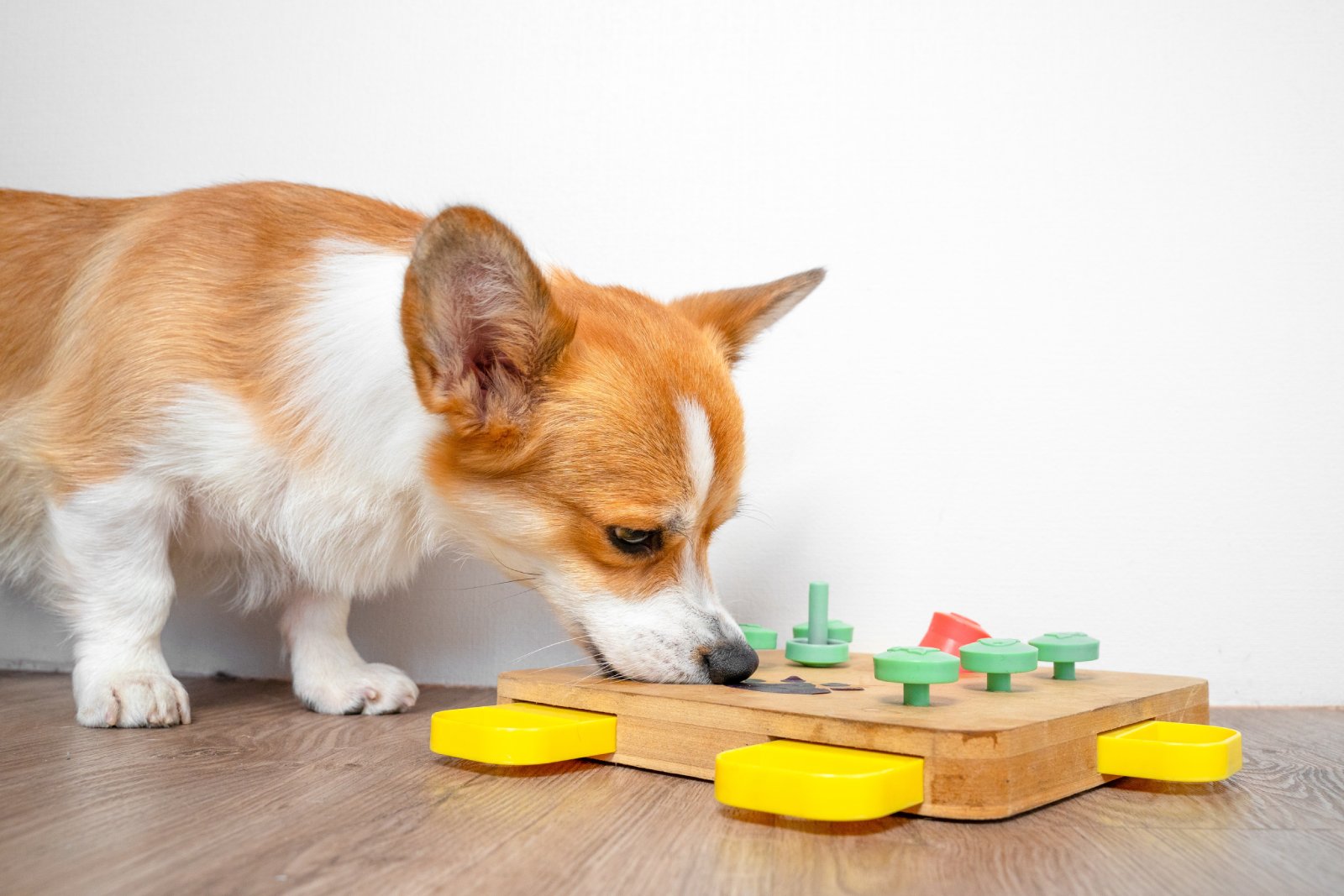
Encourage a positive association with the crate by using treats, toys, and praise. This helps your dog see the crate as a safe and enjoyable place.
6. Not for Punishment
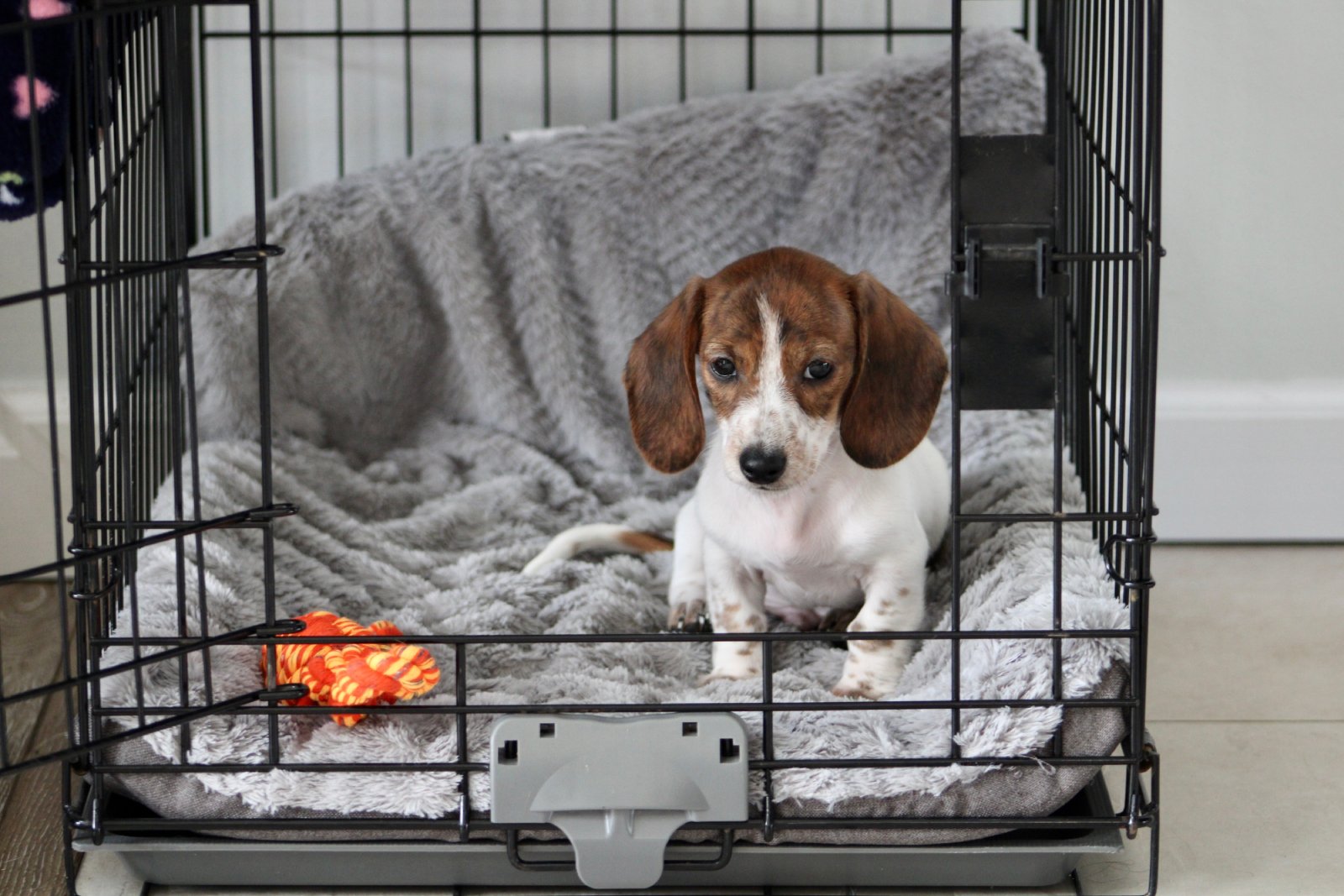
Never use the crate as a form of punishment. This can create negative associations and lead to anxiety and fear related to the crate.
7. Gradual Introduction

Introduce the crate gradually, starting with short periods and gradually increasing the time. This helps your dog acclimate without feeling overwhelmed.
8. Routine and Consistency

Consistency is key. Establish a routine that includes regular crate time, so your dog knows what to expect and feels secure.
9. Crate Safety

Ensure the crate is safe and comfortable. Remove collars and tags that could get caught and provide a soft bed or blanket for comfort.
10. Travel Benefits
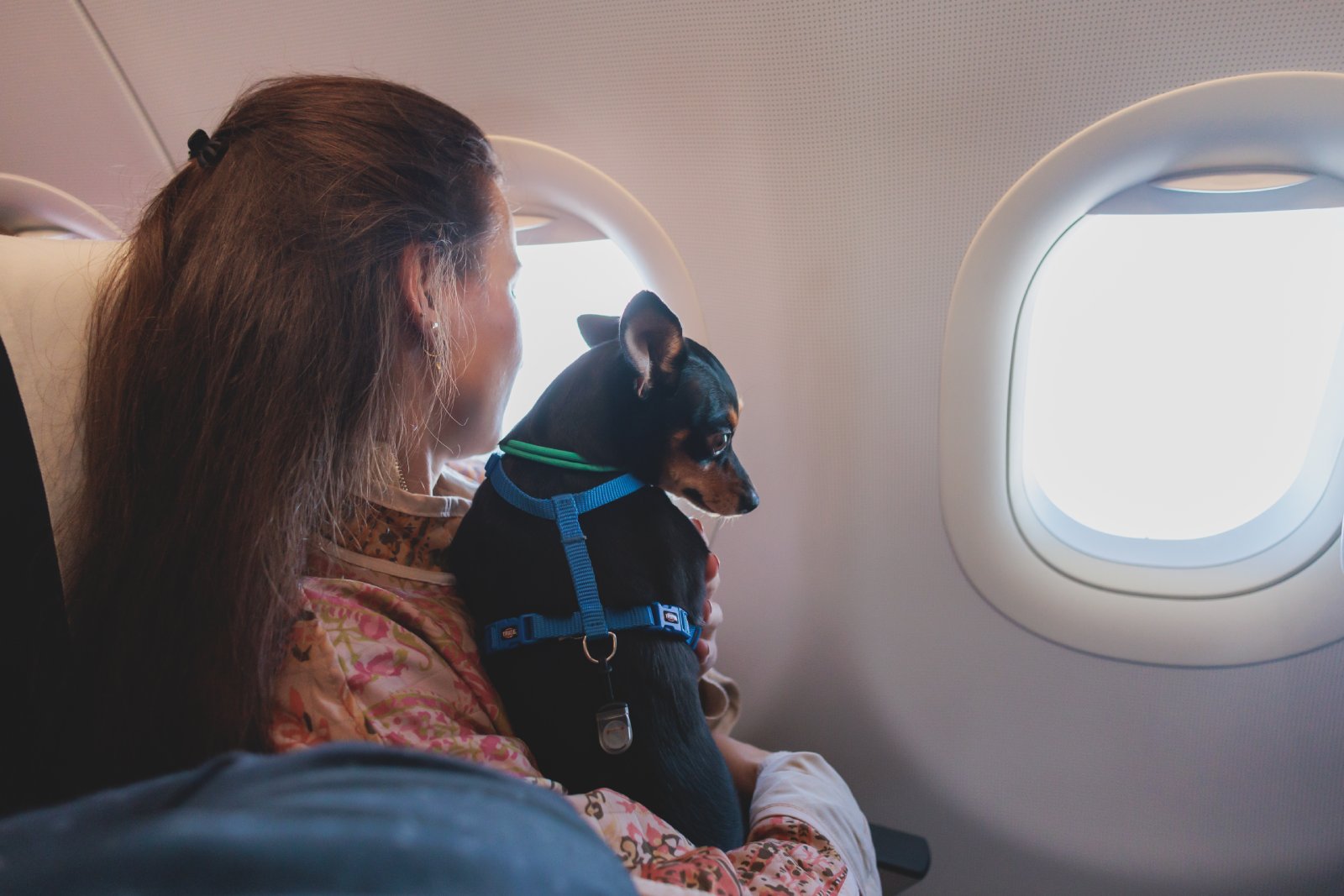
Crate training can make travel less stressful for your dog. A crate provides a familiar and secure environment during trips.
11. Housebreaking Aid

Crates can be highly effective for housebreaking. Dogs naturally avoid soiling their sleeping area, which helps reinforce good bathroom habits.
12. Preventing Destructive Behaviour

Crate training can prevent destructive behaviour when you’re not home. It keeps your dog safe from household hazards and protects your belongings.
13. Managing Separation Anxiety

For some dogs, a crate can help manage separation anxiety by providing a safe and secure space when left alone.
14. Veterinary Recommendations

Many veterinarians recommend crate training as a useful tool for managing various behavioural issues and providing a secure space for recovery after surgery or illness.
15. Recognising Distress

It’s crucial to recognise signs of distress. If your dog exhibits extreme anxiety, drooling, or attempts to escape, reconsider your crate training approach.
16. Alternative Methods
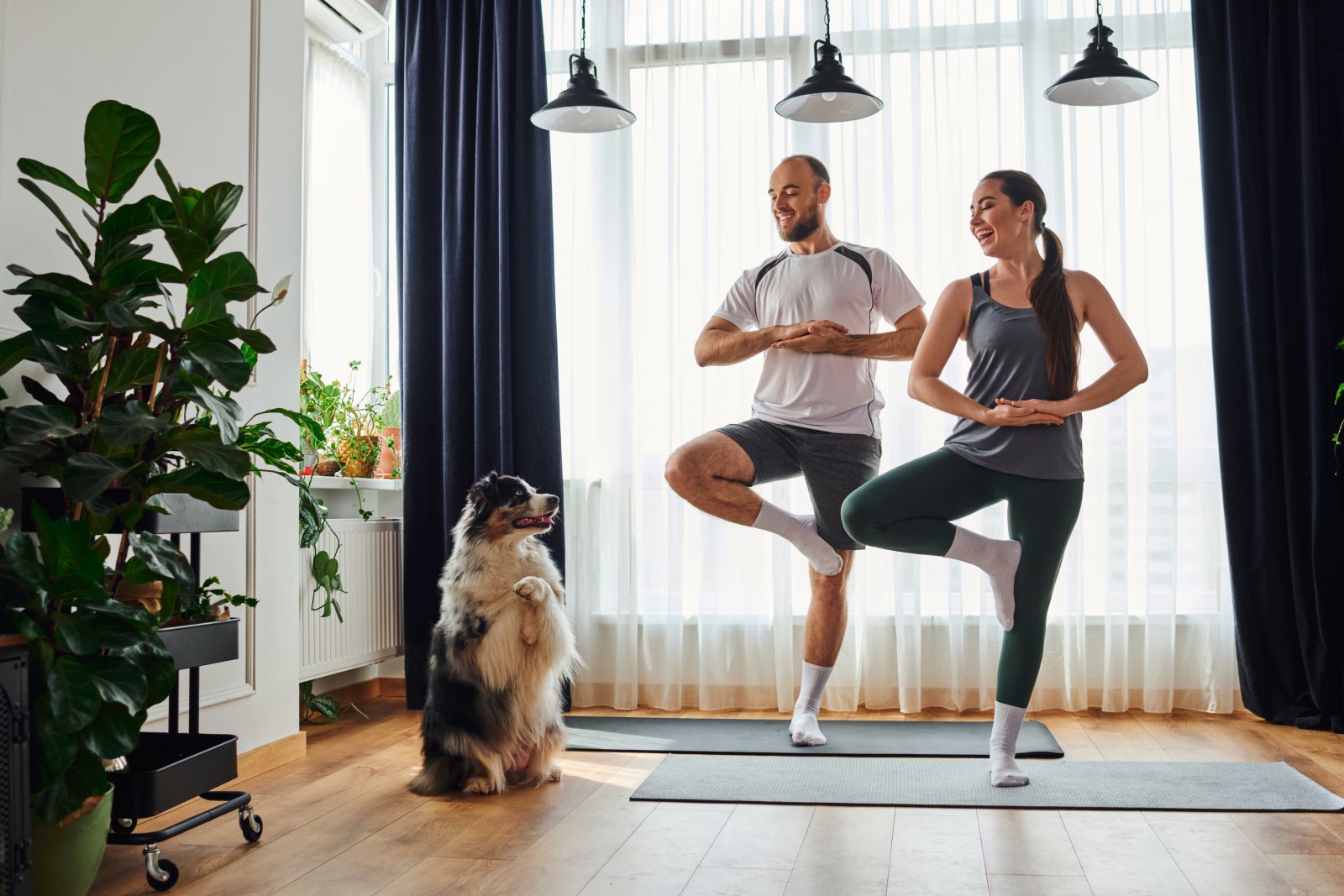
Consider alternatives like exercise pens or gated areas if crate training isn’t working for your dog. These options can provide more space while still offering a secure environment.
17. Balance with Free Time
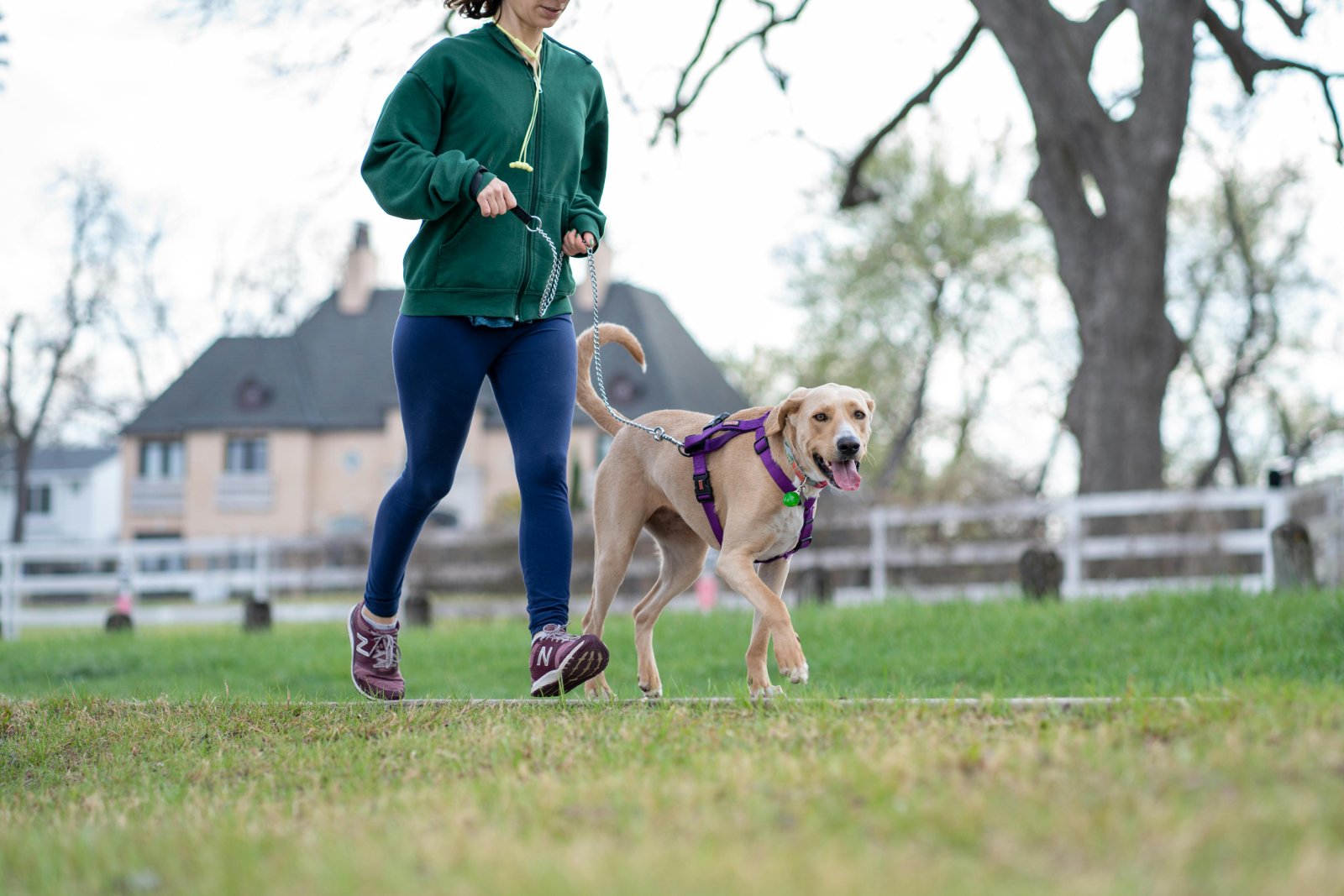
Balance crate time with plenty of free time, exercise, and social interaction. This helps ensure your dog remains happy and healthy.
18. Personal Experiences

Talking to other pet owners can provide valuable insights. Many have found crate training beneficial when used correctly, while others have had mixed experiences.
19. Long-Term Use

Evaluate the long-term use of a crate. As your dog matures, you may find that they no longer need the crate or only need it in specific situations.
20. Professional Guidance

If you’re struggling with crate training, seek guidance from a professional dog trainer. They can offer tailored advice and strategies to ensure success.
Crate Expectations vs. Reality
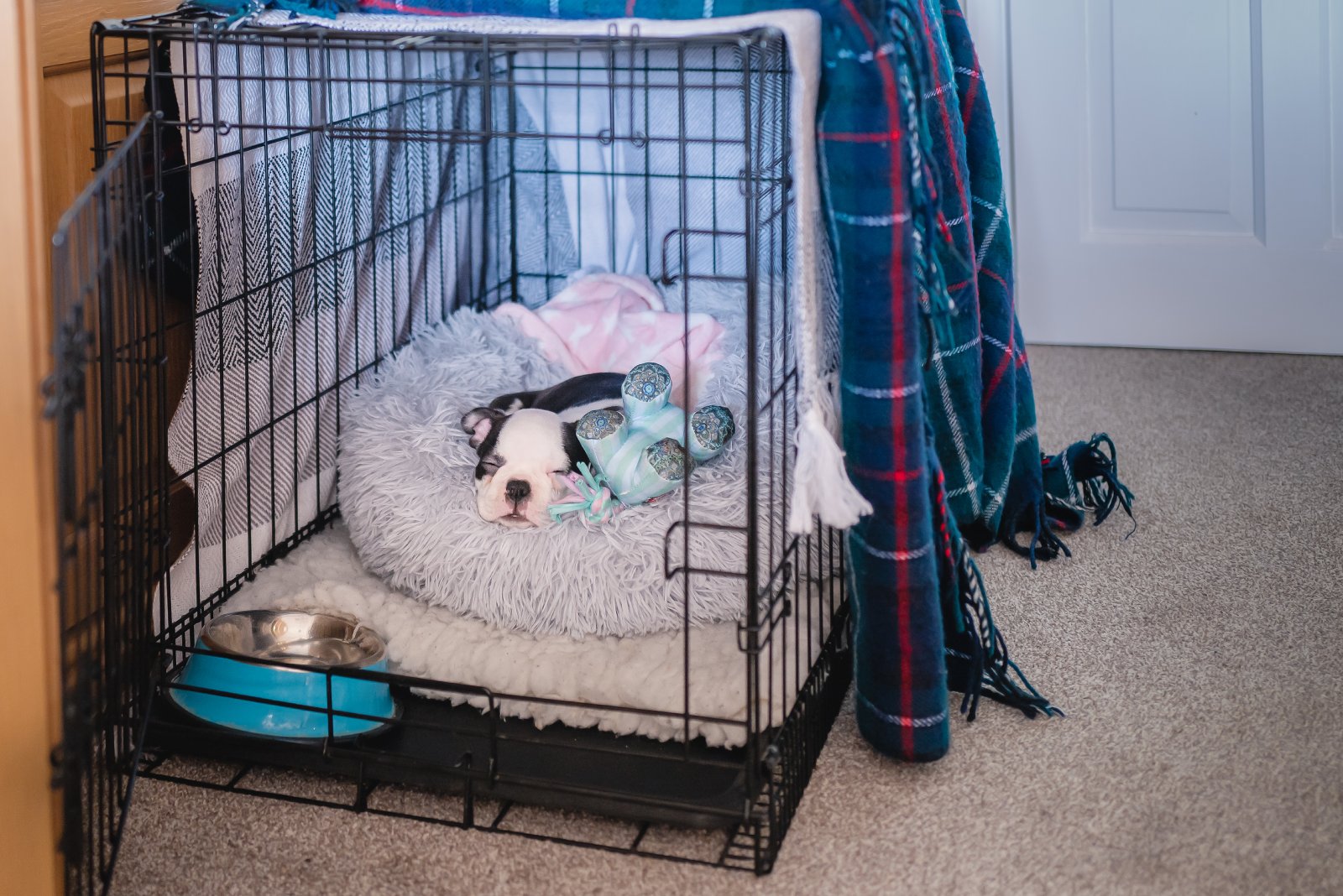
Crate training, when done correctly, can be comforting and beneficial for your dog. It’s about balance, patience, and understanding your pet’s needs. Are you ready to make the crate a positive part of your dog’s life?
The post The Crate Training Debate: Is It Comfort or Cruelty? first appeared on PawShore.
Featured Image Credit: Shutterstock / EQRoy.
For transparency, this content was partly developed with AI assistance and carefully curated by an experienced editor to be informative and ensure accuracy.

